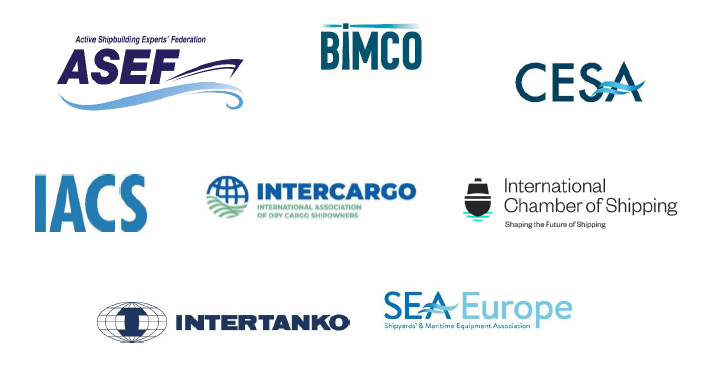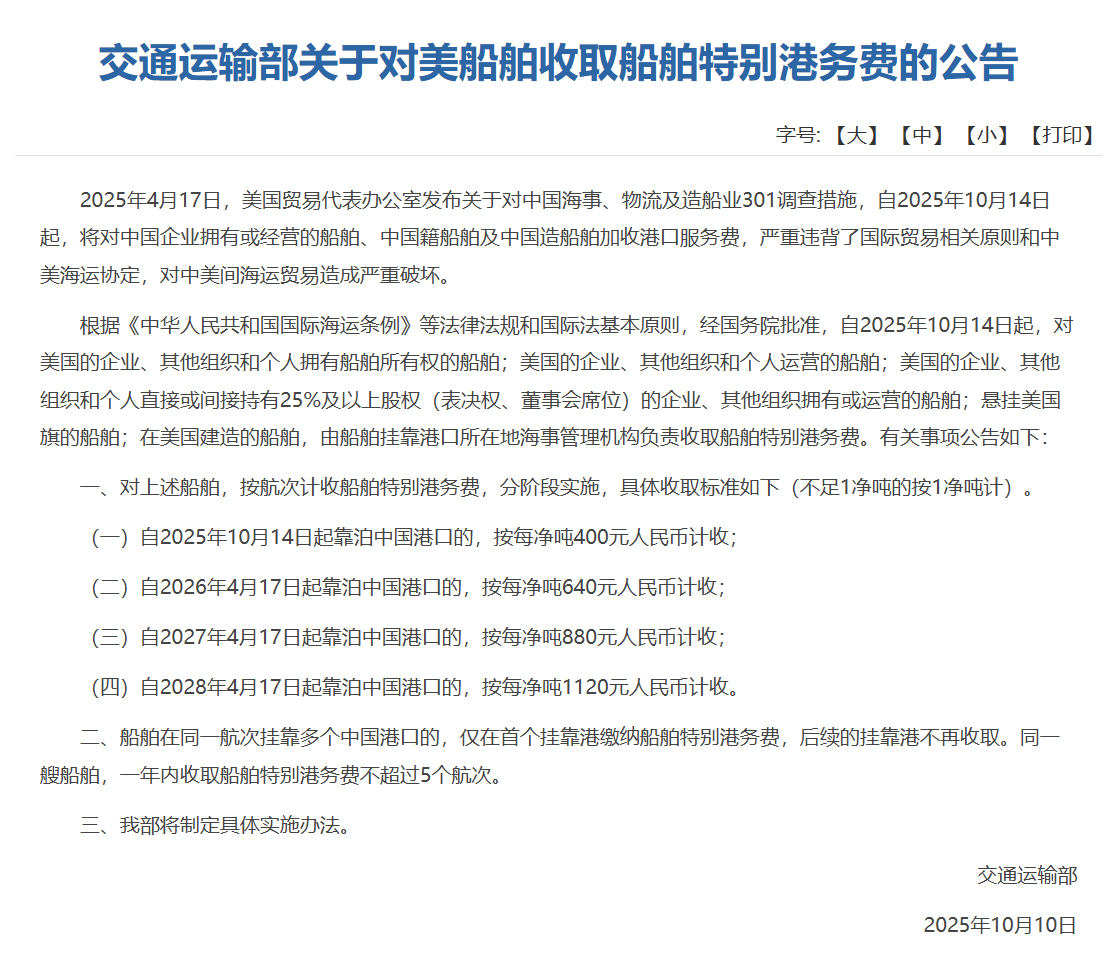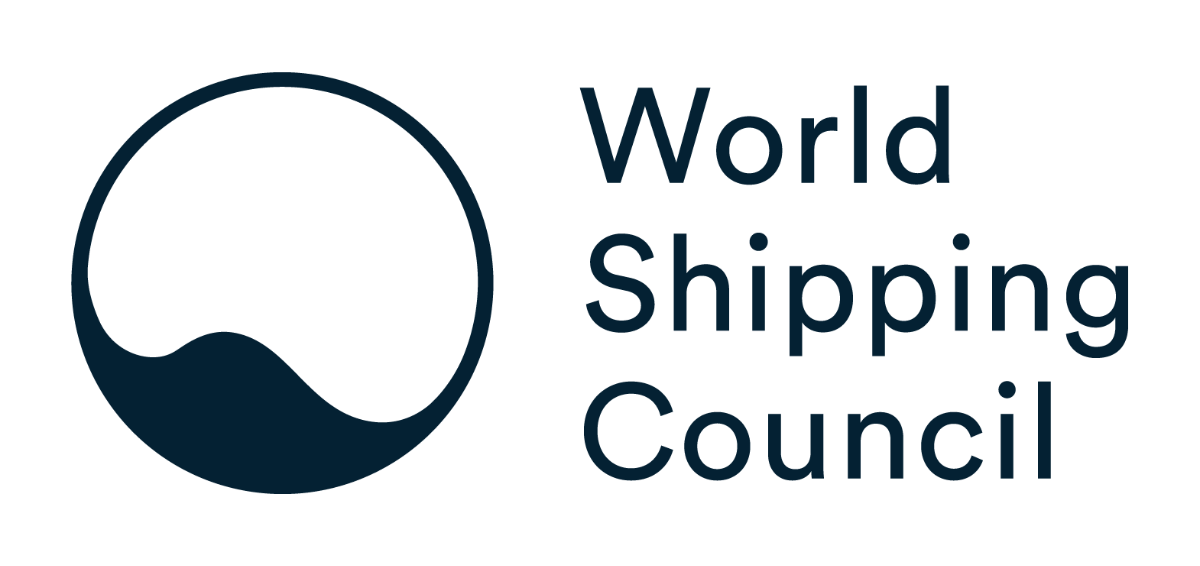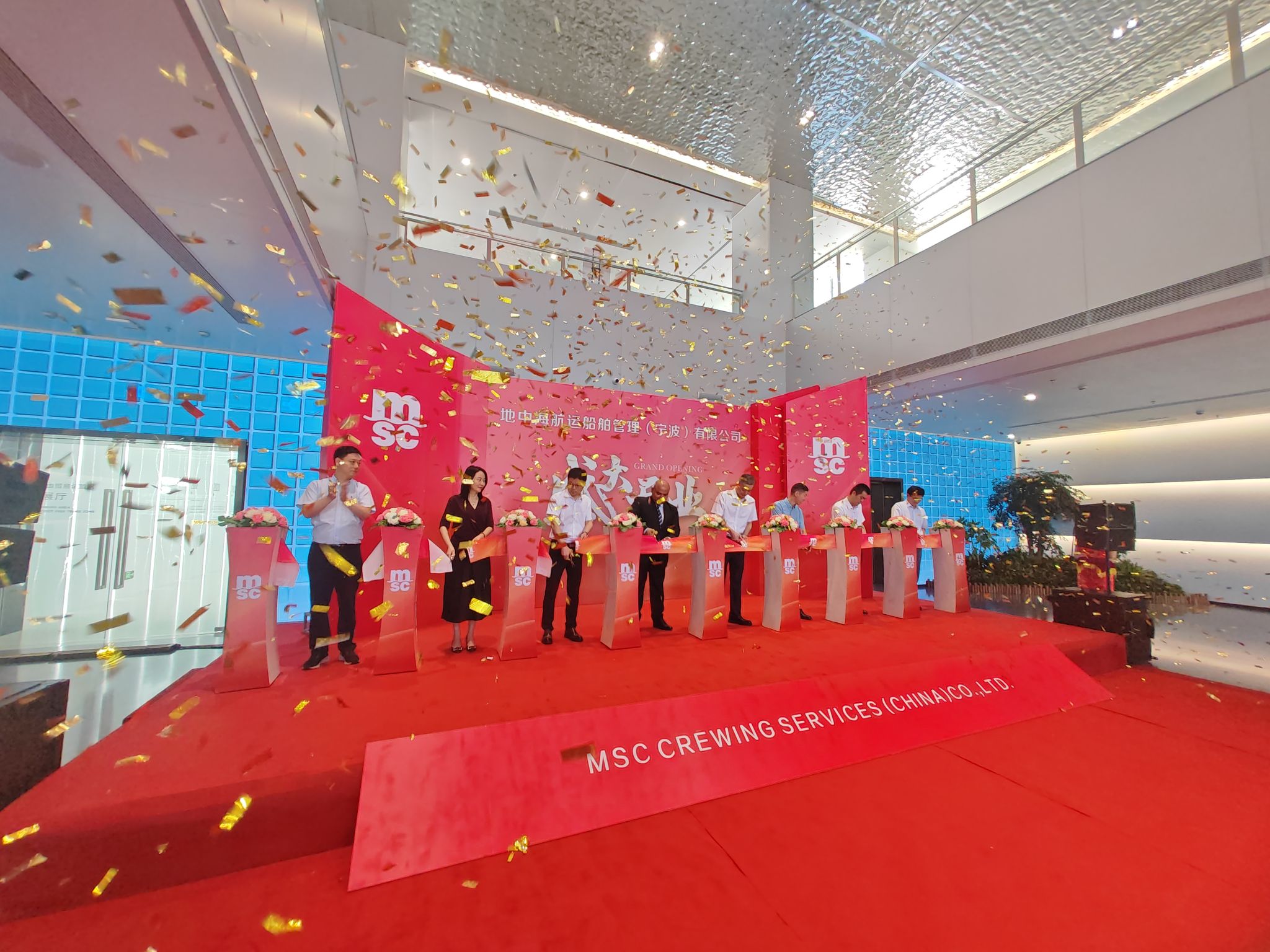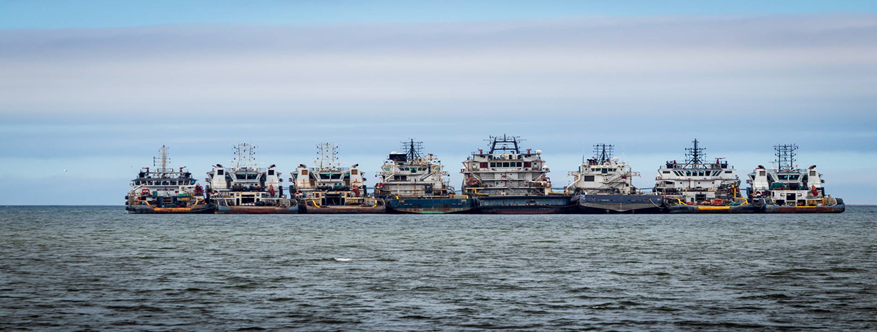
The Maritime Traffic Safety Law of the People's Republic of China(MTSL) is the primary law regulating maritime traffic safety in the sea areas within the jurisdiction of the People's Republic of China. The current version of MTSL was adopted on September 2, 1983 and amended on November 7, 2016. On April 29, 2021, the 28th session of the 13th NPC Standing Committee (NPCSC) adopted the revised MTSL which will come into effect on September 1, 2021.
The important amendment in the revised law that may be of concern to the Club/Owners is summarized as follows for reference.
Changes in Brief
The law in force consists of 12 chapters and 53 articles and the revised law contains 10 chapters and 122 articles.


New / Improved Legal Systems
The revised Maritime Traffic Safety Law adds and improves the following legal systems.
· 8 new legal systems have been added
Eight new legal systems have been added, namely the shipping company's safety and pollution prevention management system, the vessel security system, the crew's work rights protection system, the early warning and emergency response mechanisms for overseas emergencies of crew, the planning system of maritime traffic resources, the maritime radio communication guarantee system, the specific reporting system for vessels of foreign nationality entering and exiting the territorial waters, and the maritime ferry management system.
· 6 legal systems have been supplemented and improved
Six legal systems have been supplemented and improved, namely, crew management system, cargo and passenger transportation safety management system, legal system for safeguarding marine rights and interests, maritime search and rescue system, investigation and handling of maritime traffic accidents, legal liability and administrative enforcement legal system.
The Main Content of the Revision
Ⅰ. Improve maritime traffic conditions and level of safety guarantee
1. Stipulate that the maritime safety administration shall, when necessary, demarcate, adjust and promptly announce the maritime traffic functional areas such as vessel alignment areas (Article 19).
2. Define that the state shall establish and improve the vessel positioning, navigation and other maritime traffic support service systems (Article 21).
3. Define the code of conduct and the subject of responsibility for the construction, maintenance and preservation of aids to navigation (Article 26).
4. Stipulate the scope of compulsory pilotage and define the responsibilities of the pilotage institution, the pilot and the piloted vessel (Article 30 and Article 31).
Pilotage requirements:
Current version: Vessels of foreign nationality entering and leaving a harbour of the People's Republic of China, navigating or shifting berths in the harbour area, or approaching or leaving mooring points or loading spots outside the harbour must be navigated by a pilot designated by the competent authority.
Situations that need to apply for pilotage in the new version are as follows (the specific standards shall be developed by the maritime safety administration in light of the actual conditions of the ports):
-
Vessels of foreign nationality, excluding those can be exempted as prescribed by the transport department under the State Council after being reported to the State Council for approval.
-
Vessels carrying radioactive materials, and ultra-large oil tankers.
-
Vessels carrying bulk liquefied gas and bulk hazardous chemicals that may endanger port safety.
-
Vessels whose length, width, and height are close to the limits as prescribed in the navigation conditions of corresponding channels.
Ⅱ. Strengthen the management of vessels and crew and standardize maritime traffic activities
1. Stipulate that vessels of Chinese nationality shall pass the inspections of vessel survey institutions and obtain the corresponding certificate, document and nationality certificate (Article 9 and Article 10).
2. Stipulate that the crew shall receive relevant professional education and training, hold valid certificates of qualification, and operate and manage the vessel in accordance with the rules, regulations and operating procedures (Article 13, Article 38, Article 39, Article 41, Article 42).
3. Require that the owner, operator or manager of a vessel of Chinese nationality shall establish and run a management system for safe operation and prevention and control of vessel pollution as well as vessel security system, and shall obtain a maritime labor certificate (Article 11, Article 12, Article 14).
4. Define the code of conduct that shall be generally observed in the navigating, berthing, or carrying out operations of vessel, and stipulate the safety precautions for the carrying of passengers and dangerous goods as well as the loading, unloading and lightering of dangerous goods (Chapter IV and Chapter V).
Carrying dangerous goods:
-
The safe loading and unloading, stowage, isolation, securing and management shall be carried out in accordance with the requirements of relevant laws, administrative regulations, rules and mandatory standards and technical specifications;
-
When carrying dangerous goods, a valid certificate of fitness for the carriage of dangerous goods shall be obtained, and according to the characteristics of the dangerous goods and the requirements of emergency measures, the emergency response plan for dangerous goods shall be prepared, and the corresponding fire-fighting and emergency devices and equipment shall be equipped;
-
When consigning dangerous goods, the consignor shall notify the carrier of its official name, nature of the danger, and protective measures to be taken, properly package it in accordance with the requirements of relevant laws, administrative regulations, rules, and mandatory standards and technical specifications, and set up obvious marks and labels of dangerous goods.
A vessel carrying dangerous goods into or out of a port shall meet specific conditions, including:
1)the dangerous goods carried satisfy the requirements for safe maritime transportation;
2)the loading of the vessel satisfies the requirements of the certificates held;
3)the port where the vessel plans to berth have the corresponding business qualification. The permission of the maritime safety administration shall be obtained and the time of entering or exiting a port, the duration of stay at the port, and other items shall be reported to the maritime safety administration.
Fixed vessels navigating along fixed routes and carrying fixed categories of goods may apply for permission for entering or exiting a port multiple times within a specified period.
For vessels and offshore installations engaged in transportation, loading and unloading, and lightering of dangerous goods, operation plans shall be developed, the relevant mandatory standards and safe operation procedures shall be complied with, and necessary preventive measures shall be taken, to prevent safety accidents.
Conditions that should be satisfied for lightering operation of bulk liquid dangerous goods:
Vessels
1. Satisfy the requirements for maritime traffic safety and the prevention and control of pollution from vessels to the maritime environment;
2. The goods to be lightered satisfy the requirements for safe lightering;
3. Personnel participating in lightering have the lightering capabilities as prescribed by laws and administrative regulations
4. The intended waters and their bottom quality and surrounding environment are suitable for lightering;
5. The lightering does not pose any threat to maritime resources, nearby military targets and important civilian targets;
6. There are lightering plans, safety guarantee measures and contingency plans that satisfy the safety requirements.
Emergency response to infectious disease
Since the outbreak of the Covid-19, the epidemic prevention and control of vessels has attracted attention from all parties. According to Article 40 of the revised Maritime Traffic Safety Law, “Where a person on board suffers or is suspected of suffering from an infectious disease that seriously threatens the health of others, the master shall immediately launch the corresponding contingency plan, take necessary isolation measures against the relevant persons within the scope of his functions, and report to the relevant competent department in a timely manner.”
Ⅲ. Strictly control administrative permissions and standardize administrative law enforcement actions
1. Cancel 12 items of administrative license, and vessel safety inspection to be changed to third-party inspection and certification (Article 9).
2. In order to implement the Maritime Labour Convention, administrative license for maritime labor certificate has been set up (Article 14).
3. Define the scope and conditions of the three permits for offshore construction, vessels carrying dangerous goods into and out of ports, marine transportation, loading, unloading and lightering of dangerous goods (Article 48, Article 64, Article 65).
4. Define the compulsory measures that can implement in the case of vessel overload, posing a threat to port safety etc. Require maritime safety administration to avoid and reduce the impact on normal operations when conducting supervision and inspection (Article 90, Article 91).
Ⅳ. Improve the maritime search and rescue mechanism and perfect the investigation and handling of maritime traffic accidents
1. Define that persons in distress at sea have the right to obtain life assistance in accordance with the law, and stipulate the basic principle that life rescue shall take precedence over environmental and property rescue (Article 66).
2. Stipulate to establish a maritime search and rescue coordination mechanism, strengthen the construction of maritime search and rescue forces, establish a maritime search and rescue center responsible for organization, coordination, and command work, establish a regular drill and daily training system, and encourage social forces to participate in maritime search and rescue work (Articles 68 to 71).
3. Stipulate the code of conduct of all parties in distress, rescue and command after the occurrence of a dangerous situation to ensure the orderly development of search and rescue operations (Articles 72 to 78).
Rescue of vessels in distress
Vessels in distress are revised from “shall take all effective measures to organize their own rescue efforts” to “shall take effective measures to prevent and reduce loss of life and property and pollution of the maritime environment.” The revision means that vessels in distress shall not only organize self-rescue, they shall also try to prevent and reduce pollution of the maritime environment. The rights of the master when the vessel is in distress and the responsibilities of the master when abandoning the vessel are also proposed.
Vessels, offshore installations, and aircrafts receiving distress signals or finding that someone is in life danger shall do their best to rescue those who are in distress without seriously endangering their own safety.
Decisions to suspend, resume and terminate search and rescue operations shall be made by the maritime search and rescue centers. Without consent of the maritime search and rescue centers, vessels, offshore installations, aircrafts and personnel participating in search and rescue shall not exit the search and rescue operations.
4. Stipulate the classification standards, investigation subjects, principles and procedures of maritime traffic accidents (Chapter 7).
Investigation procedures of maritime traffic accidents
Maritime traffic accidents are classified into 4 levels: particularly serious accidents, major accidents, relatively large accidents and general accidents on the basis of the consequences of damage caused. The direct economic loss standard for the classification of accident levels shall be determined by the transport department under the State Council in conjunction with relevant departments of the State Council in light of the special circumstances of maritime traffic accidents, and shall be announced and implemented after being approved by the State Council.
After a maritime traffic accident occurs, the vessel shall promptly report to the maritime safety administration and accept investigation.
Among them, particularly serious accidents shall be investigated by accident investigation unit organized by the State Council or its authorized departments.
Where the accident loss is small, the facts are clear, and the responsibilities are specific, the summary investigation procedure may apply in accordance with the provisions of the transport department under the State Council.
A vessel of Chinese nationality involved in a maritime traffic accident outside the sea areas within the jurisdiction of China shall report the accident to the maritime safety administration and accept investigation.
Where a vessel of foreign nationality is involved in an accident outside the sea areas within the jurisdiction of China, causing serious injury or death to a Chinese citizen, the maritime safety administration shall participate in the investigation in accordance with the provisions of the international treaties concluded or acceded to by China.
Where a vessel suffers hostile weather, sea conditions, and accidents at sea, causes or may cause damage, and needs to explain and record the time, sea area, the countermeasures taken, and other specific circumstances, an application may be filed with the maritime safety administration for endorsement for sea protest.
In addition, the revised MTSL stipulates strict legal liabilities for various illegal acts, and defines the arbitration procedures for civil disputes caused by a maritime traffic accident (Chapter 9).
Summary
Considering that there are lots of changes compared with the current version, the revised MTSL may have a significant impact on Owners. Given this, Members are suggested to look through the revised Maritime Traffic Safety Law of the People's Republic of China in detail. In case of any need, we enclose the English version of MTSL for the Clubs/Members' kind reference.
Hope the above is helpful. For any inquiry, please feel free to contact us. We are always here to be of assistance to the Clubs and their Members.
Source: HUATAI
Source: HUATAI
The opinions expressed herein are the author's and not necessarily those of The Xinde Marine News.
Please Contact Us at:


